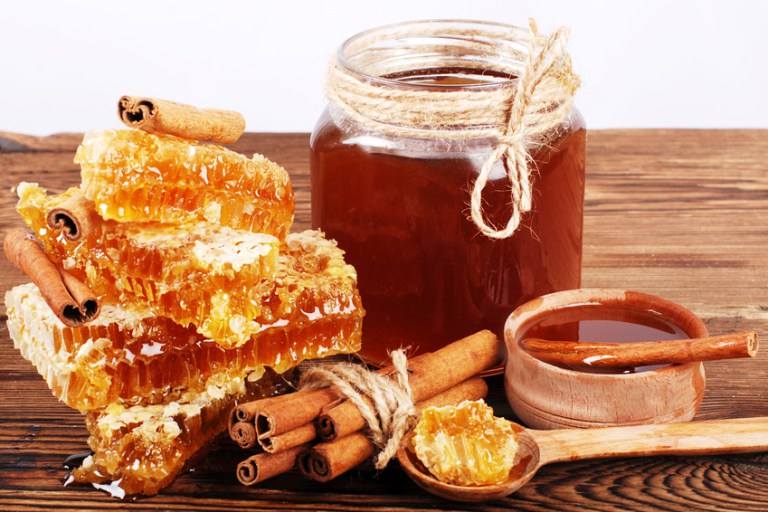How To Make Fermented Honey Garlic
Garlic and honey are two wonderful ingredients from nature. Both of these have strong anti-inflammatory properties and are great as a home remedy for fighting both colds and the flu.
Besides having strong anti-inflammatory properties, honey and garlic are also good for your immune system. So, at the first sign of flu, grab this garlic-infused honey, or even garlic clove, and suppress those viruses that are trying to make you ill. Garlic is filled with allicin, a compound known to have anti-microbial and even anti-cancer properties.

Although it has been shown through clinical studies that garlic can reduce the number of colds by 63% and reduce the length of cold symptoms by 70%, the overpowering flavor of garlic is just a deal breaker for some.
Luckily, honey is something almost everyone enjoys. As stated above, honey has strong anti-inflammatory properties but is also anti-viral and anti-fungal. Of course, as we all know, honey has a great flavor, and this natural delicacy can make even garlic taste better.
The combo of honey and garlic makes the garlic more palatable and easier for us to use. Besides, when infused with honey, the garlic properties become even more potent while at the same time improving the benefits of the honey.
The recipe for this remedy is very simple, and over time, the mixture will taste better. The garlic is ready to eat after a few days, but as time passes, it will develop complex flavors. In no time, you will not only love this flavor but also enjoy it as an addition to your pasta or pizza or smeared over warm toast.
Fermented Honey Garlic Recipe
Preparation time: 15 minutes + inactive time
Serving size: 2 ½ cups
Ingredients:
- 1 cup garlic cloves, peeled;
- 1 ½ cups honey (I used acacia.).
Instructions:
#1. Gather your ingredients.
#2. Peel the garlic and place it into a clean jar.

#3. Drizzle the honey over the garlic. You can pour the honey directly over the garlic or drizzle in by using the wooden honey spoon. Do not use a metal spoon as the honey has an acidic pH and reacts with metallic surfaces. This reaction may damage the honey.*

#4. Once the garlic is covered with the honey, place a lid on the jar.

#5. Make sure the cloves are covered in honey. You can flip the closed jar upside down and place it in a dark place.

#6. Within a few days, the fermentation will begin. Bubbles will appear.** This is the first sign your garlic is ready to consume. (Of course, you can wait a few days more or even weeks, until the honey is thinned down and garlic drops to the bottom of the jar).

#7. At this point, you can store your fermented garlic in a dark place (not the fridge) and let it age.

NOTE:
*Although you are only touching the honey with a metal spoon for a short time, you still do not want to risk any honey spoilage or destroying its natural healing properties.
**If your fermentation does not begin, you may have too much honey. In that case, add a splash of water (about a tablespoon) and close the lid again.
Other self-sufficiency and preparedness solutions recommended for you:
The vital self-sufficiency lessons our great grand-fathers left us
Knowledge to survive any medical crisis situation
Liberal’s hidden agenda: more than just your guns
Build yourself the only unlimited water source you’ll ever need
4 Important Forgotten Skills used by our Ancestors that can help you in any crisis
Secure your privacy in just 10 simple steps
Garlic and honey are two wonderful ingredients from nature. Both of these have strong anti-inflammatory properties and are great as a home remedy for fighting both colds and the flu. Besides




